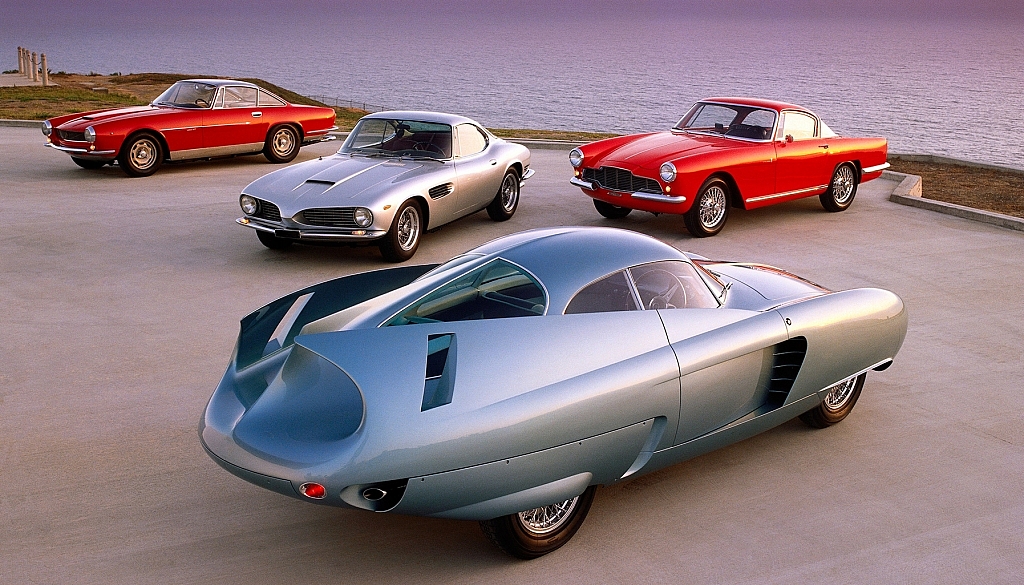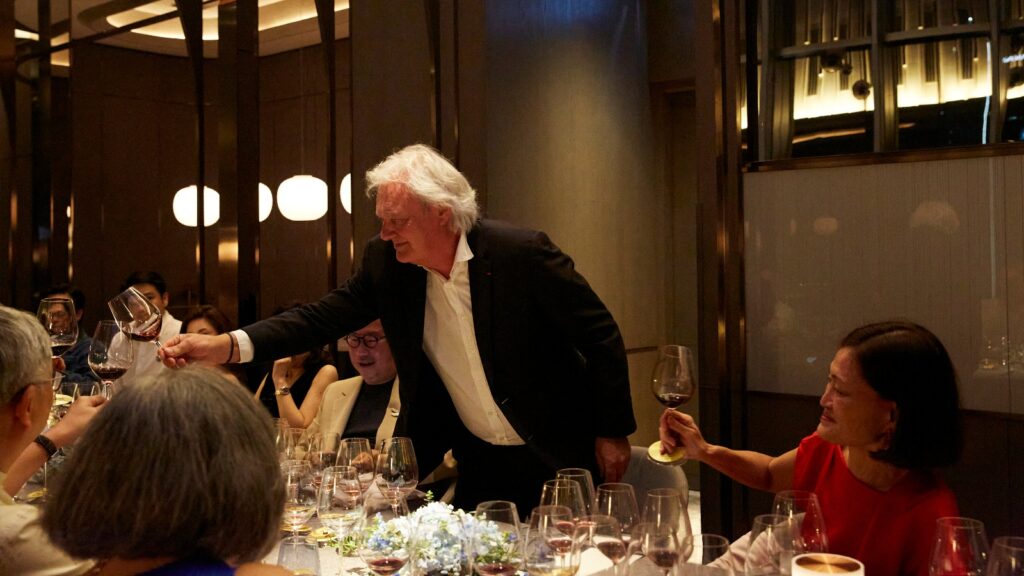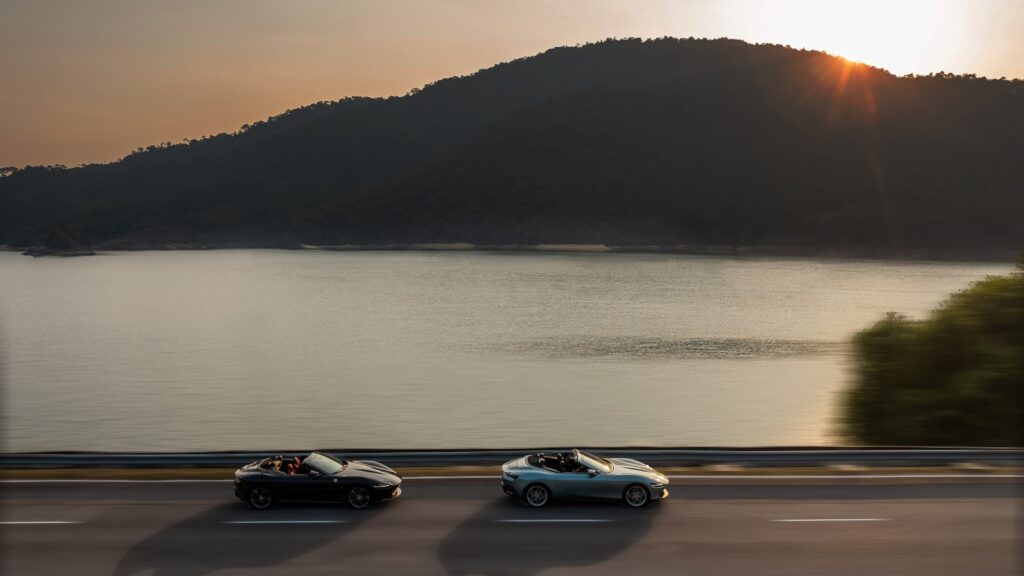How Italy’s independent coachbuilders set the trends for the world
Filippo Sapino, former design chief of Ghia, once compared the creations of his firm and Italy’s other coachbuilders, or carrozzerias, to Italian cuisine. “With a few simple ingredients,” he told me, “we can make something extraordinary.”
The recipe proved so alluring that for a good portion of the 20th century, well-heeled auto enthusiasts and carmakers large and small flocked to Milan and Turin to place their orders with the dozens of carrozzerias that were based in those cities. Beginning in the 1920s, these companies produced hundreds of designs that astounded onlookers on the streets and at racetracks. Their cars have won best-of-show honours at the world’s most prestigious concours, and they are often the most prized lots at auctions.
The best of these concerns – companies such as Ghia, Pininfarina and Bertone – were staffed with stylists (as designers used to be called), metal fabricators and other artisans, and they often employed specialised subcontractors for components such as bumpers, headlights, tail lights and interiors.
Their work would suit a car’s chassis and mechanicals, but more significantly, it often would set a trend in automotive design. Here I spotlight five road cars I picked to represent the carrozzerias’ most influential design themes and model types. They illustrate how the Italian coachbuilders’ consideration for surface treatment, proportions and colour was second to none.
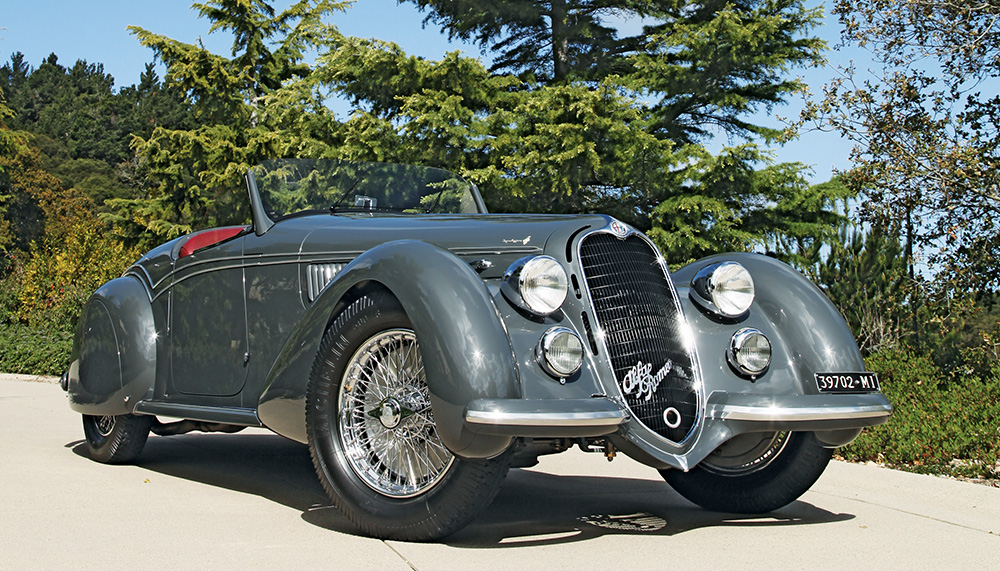 Pre-War – Alfa Romeo 8C 2900
Pre-War – Alfa Romeo 8C 2900
Let’s begin with the formative years of automotive design and a dilemma I faced while casting my ballot for Best of Show at Pebble Beach Concours d’Elegance in 2005. With me in the winner’s circle was Wolfgang Egger, who was then Alfa Romeo’s head of design. As I tried to choose between a Delage and the 1937 Alfa Romeo 8C 2900 designed by Carrozzeria Touring, I asked Egger to tell me what he saw in the two cars. “The Alfa does everything the Delage does,” he said, “but without trying.”
His observation underscores what may be the greatest hallmark of the carrozzerias’ designs, and what separated them from the rest: the seeming effortlessness of it all, with elements big and small coming together ideally to create an incredibly cohesive whole.
This Alfa Romeo, which ended up receiving my Best of Show vote, also exemplifies two of the major design influences of the 1930s: art deco and the nascent field of aerodynamics. Both were Touring hallmarks.
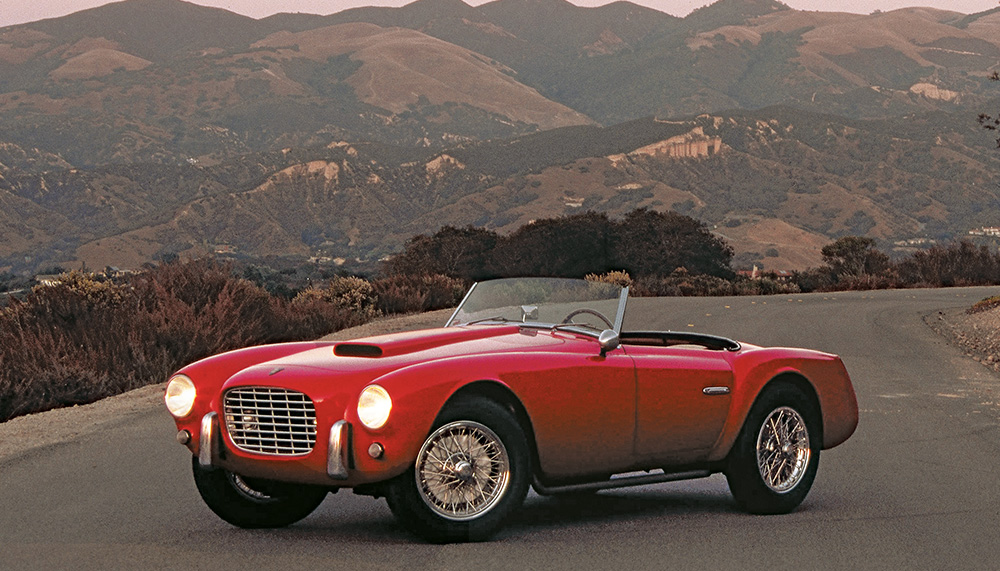 The Roadster – Siata 208S
The Roadster – Siata 208S
Italians rarely use the word roadster, so here it denotes two variations of a sporty, open two- seater: the spider and the barchetta. The latter term originates from the 1948 Turin Motor Show, where Touring introduced the Ferrari 166 MM (Mille Miglia). The car’s design astounded Giovanni Canestrini, an influential Italian journalist, who declared: “That’s not a car … It’s a little boat, a barchetta.”
The name stuck and has come to mean a roadster devoid of creature comforts. As the 1950s progressed, barchettas became rarities because the wealthy people who purchased sports cars wanted more refinement. Enter the spider (usually spelled spyder at the time). Like barchettas, spiders delivered superior performance, but they also had comfortable seats, carpeting and a full windscreen.
The 1953 Siata 208S displays fabulous proportions with a 1.6km- long bonnet and a short tail. The prolific Giovanni Michelotti designed the car, which dances a fine line between spider and barchetta, and the coachwork is by Motto.
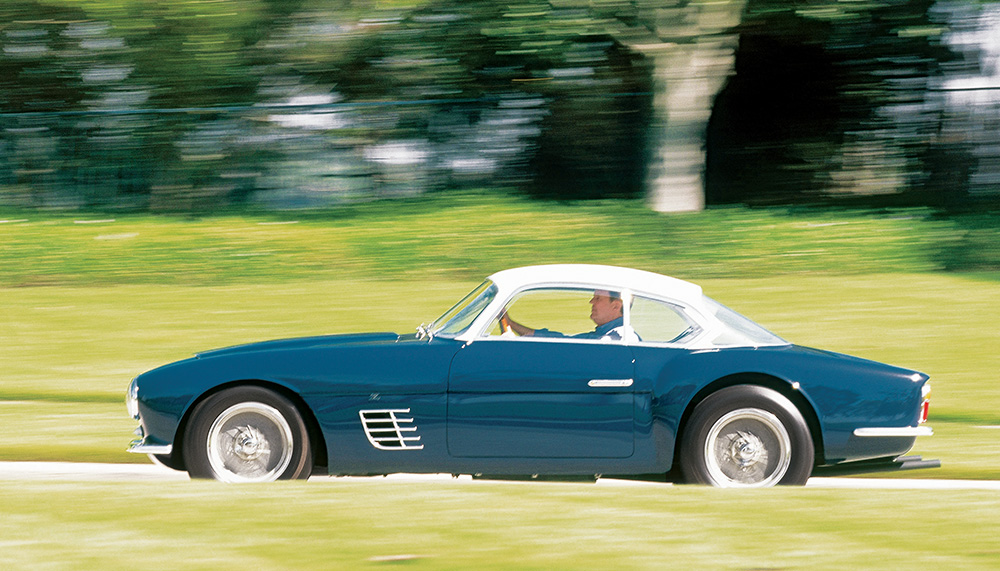 Dual-Purpose – Ferrari 250 GTZ
Dual-Purpose – Ferrari 250 GTZ
Shortly after post–World War II reconstruction began, Italians returned their attention to one of their favourite pastimes: motorsports. As Italy’s economy strengthened in the late 1940s and early 1950s, cities and regions started hosting auto races. Manufacturers and coachbuilders were quick to respond with what became known as dual-purpose cars: vehicles that could be driven to the track, raced and then driven home. These cars came in all sizes and shapes (coupe, spider, barchetta and berlinetta) and with various types of engines. Many of today’s most coveted collector cars are dual-purpose models.
Two Italian names closely associated with dual-purpose models in the 1950s were Ferrari and the coachbuilder Zagato, which has been in business since 1919. After World War II, Zagato really blossomed, designing race winners for several marques. As Road & Track noted of Zagato in 1957: “One can’t help but admire greatly the men who, with small means, have proved capable year after year of making a faster car out of anything brought to them.”
But Zagato’s cars weren’t just fast. The Ferrari 250 GTZ from 1956 demonstrates the company’s ability to incorporate beauty in a design – the exquisite rear mudguard shoulder and Z-shaped rear roof pillar – without compromising the vehicle’s speed. Looking at this car it’s easy to see why, in addition to Italian automakers, manufacturers ranging from Aston Martin to Austin, General Motors to Gordon-Keeble, enlisted Zagato and northern Italy’s other coachbuilders to design their newest models.
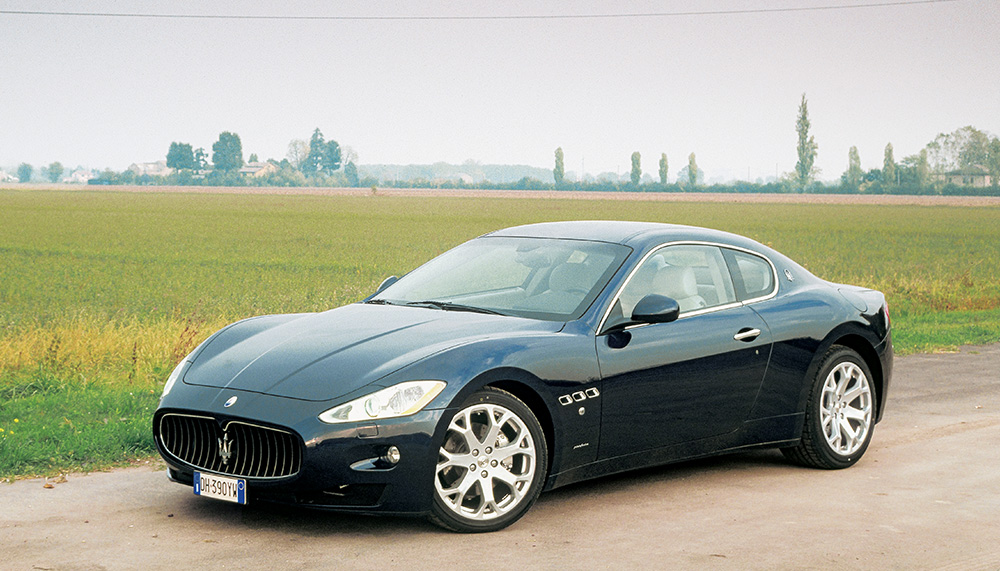 The 2+2 = Maserati Granturismo
The 2+2 = Maserati Granturismo
The late Sergio Pininfarina once told me that Enzo Ferrari coined the term 2+2, using it to describe two-door four-seaters. In the case of Ferrari and other Italian automakers and carrozzerias, 2+2s offered serious performance and agility and displayed seductive curves or other eye- catching surface treatments.
The marque that presents the best case study for stylish 2+2s is Ferrari’s former cross-town rival, Maserati. From its first post-war car, the A6 1500, all of Maserati’s models were comfortable and fast four-seat GTs with handsome (but not extravagant) coachwork.
Then in the early 1980s the company went astray with a string of lower-priced, boxy models before returning to the forefront of 2+2 design in 2007 with Pininfarina’s superb GranTurismo. The car’s design looks as good today as it did when it debuted.
Jason Castriota, the New York–born former Pininfarina designer who created the GranTurismo, told me it is the car he is most proud of. That’s a significant statement, considering that his portfolio includes the Maserati Birdcage show car and Ferrari’s P4/5 one-off and 599 GTB Fiorano.
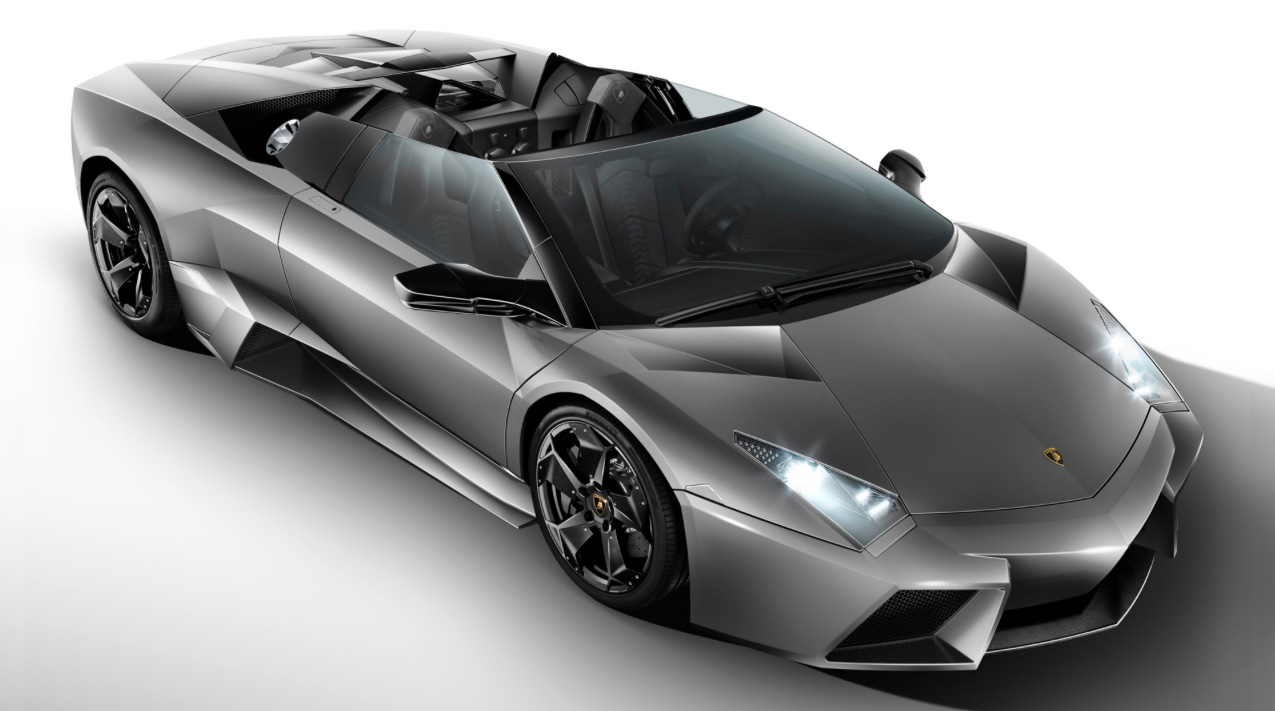 In-House – Lamborghini Reventon
In-House – Lamborghini Reventon
The past two decades-plus have been brutal for Italy’s once-illustrious coachbuilding industry, as many of the companies have shuttered. Italdesign is owned by the Volkswagen Group; Pininfarina belongs to a multinational conglomerate; and the Touring company that operates today in Milan shares only a brand name with the original carrozzeria.
As for the cause of the industry’s collapse, Jason Castriota – who started as an intern at Pininfarina and ended up its head of design before taking the same position at Bertone – points to former Fiat designer Chris Bangle’s move to BMW.
“Chris made BMW realise they shouldn’t sell just engineering, but also design,” Castriota said to me. “That was the beginning of the end of the coachbuilders, for other companies followed suit” and focused on designing in-house.
Another reason for the collapse, I believe, is that Italian automotive design lost its way. The key elements to the best designs from the carrozzerias were grace and timelessness. Today, too many cars have an aggressive, even angry look that appears forced because the design elements are overly exaggerated.
Witness Lamborghini’s limited-production Veneno, a hyperbolised mess. But there are still designs that follow Sapino’s Italian-cooking recipe of making something extraordinary from a few simple ingredients. They include Lamborghini’s otherworldly Reventon, which was designed in-house.
The transition to in-house design raises the question of whether an independent carrozzeria can survive today. For Andrea Zagato, the third-generation coachbuilder who is the industry’s last man standing, the answer is yes – if it understands its role. “We’ve never done a car that was considered a threat to our clients’ core business,” he explained to me. “Instead, we’ve always been a complement to them, with limited-production models that have our own unique take on their image.”
